
UL 1642:2013 Lithium Batteries Testing
1. Scope
1.1These requirements cover both primary (non-rechargeable) and secondary (rechargeable) lithium batteries used as power sources in products.
1.2Applicable to lithium batteries intended for applications where they can be replaced by service personnel or end users.
1.3The objective is to REDuce the risk of fire or explosion when lithium batteries are used in products.
1.4Also aims to reduce personal hazards from user-replaceable lithium batteries due to fire or explosion.
1.5Covers lithium batteries with lithium content ≤5g. Batteries exceeding 5g require further testing even if they meet the standard.
1.6Applies to batteries with total lithium content ≤4g and ≤1g per cell. Batteries exceeding these limits must undergo additional tests to confirm applicability.
1.7These requirements do not address toxic hazards from battery ingestion or injuries caused by dissecting batteries.
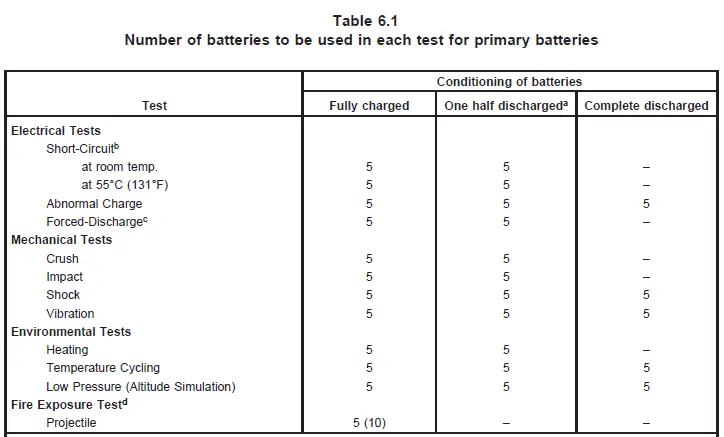

Electrical Tests
10. Short-Circuit Test
Conduct external short circuit using a total resistance of 80 ± 20 mΩ. The test shoULd be performed at ambient temperatures of 20±5°C and 55±5°C.
11. Abnormal Charging Test
Charge the battery at a current three times the manufacturer's recommended charging current, for at least 7 hours.
12. Forced-Discharge Test
Apply a forced discharge using external resistance of 80 ± 20 mΩ. This test is applicable to batteries with series-connected cells.
Mechanical Tests
13. Crush Test
Apply a force of 13 ± 1 kN until the battery is crushed, then release.
14. Impact Test
Place a 15.8 mm diameter rod across the center of the sample, and drop a 9.1 kg weight from a height of 610 mm onto it.
15. Shock Test
Apply a 150G shock lasting 3 ms, three times along each of the three mutually perpendicular axes.
16. Vibration Test
Subject the battery to vibrations along three perpendicular axes. Maintain an amplitude of 0.8 mm, with a frequency sweep from 10 to 55 Hz at 1 Hz/min. Complete the test within 90 to 100 minutes.
Environmental Tests
17. Heating Test
Heat the sample in an oven (natural or forced convection) at a rate of 5±2°C/min until it REACHes 130°C. Maintain for 10 minutes.
For batteries rated over 100°C, the test temperature is the manufacturer's maximum rated temperature plus 30±2°C, but not exceeding 170±2°C.
18. Temperature Cycling Test
(a) Room temperature to 70±3°C for 30 minutes, then hold for 4 hours
(b) Cool to 20±3°C for 30 minutes, then hold for 2 hours
(c) Heat to 40±3°C for 30 minutes, then hold for 4 hours
(d) Cool to 20±3°C for 30 minutes
Repeat steps (a) to (d) for 9 cycles
(e) Maintain at 20±5°C for 24 hours
19. Low Pressure (Altitude Simulation) Test
Place the sample in a chamber at 11.6 kPa pressure and 20±3°C for 6 hours.
Fire Exposure Test
20. Projectile Test
Place the battery over a 4-inch diameter hole in the center of a flat metal table covered with a lid made of 20-mesh steel screen (or 0.43 mm steel wire).
Surround the sample with an octagonal screen enclosure (eight panels, each 610 mm wide × 305 mm high), made from 0.25 mm wire with 16–18 wires per inch.
Heat the sample until it explodes or is destroyed. No part of the battery or fragments should penetrate the surrounding metal mesh.
Email:hello@jjrlab.com
Write your message here and send it to us
 What are ASTM F963 and CPSIA?
What are ASTM F963 and CPSIA?
 Comparison of ASTM F963 and EN 71
Comparison of ASTM F963 and EN 71
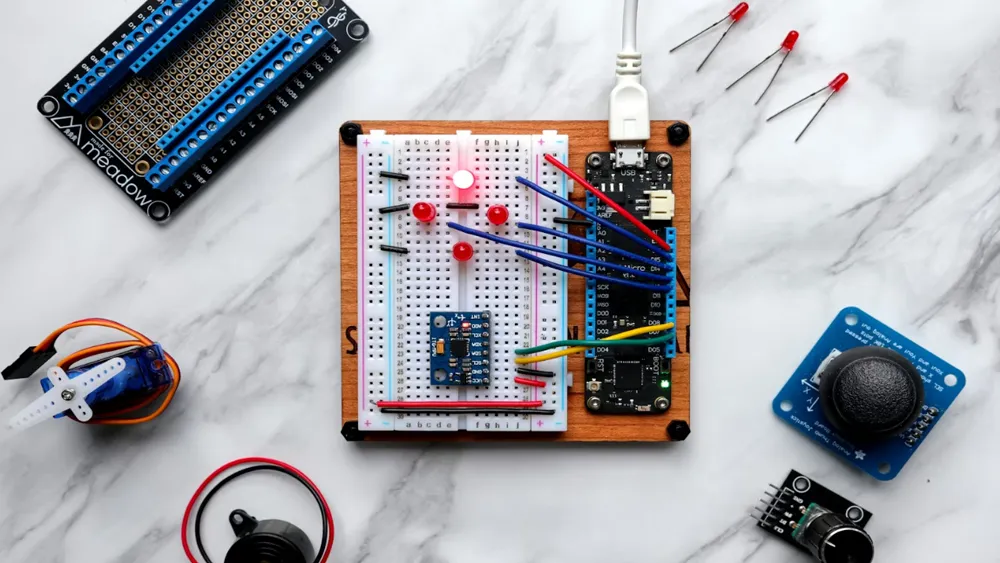 How to get CSA C22.2 NO.256:14 Test Report?
How to get CSA C22.2 NO.256:14 Test Report?
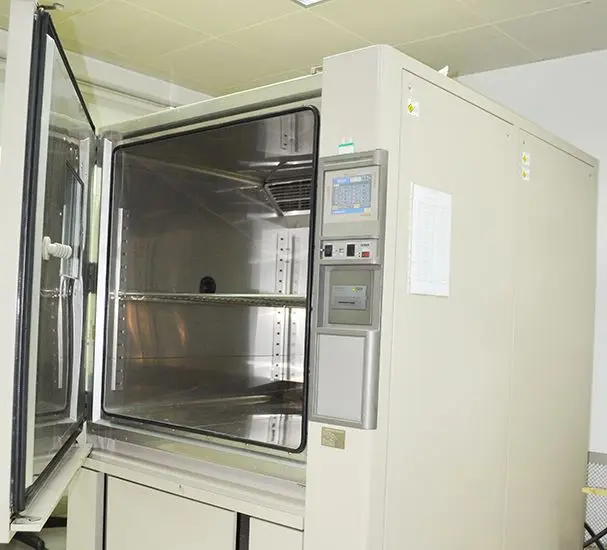 How much is the ISTA Amazon Packaging & Shippi
How much is the ISTA Amazon Packaging & Shippi
 Amazon Product Laboratory Testing Requirements
Amazon Product Laboratory Testing Requirements
 How to Get EPA Certificatio
How to Get EPA Certificatio
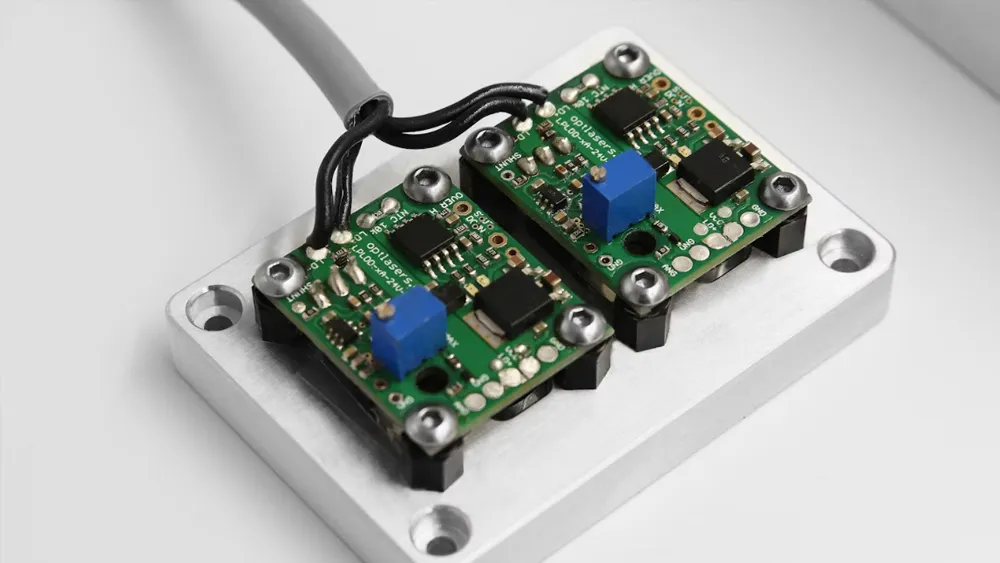 What is EPA Certification in the United States?
What is EPA Certification in the United States?
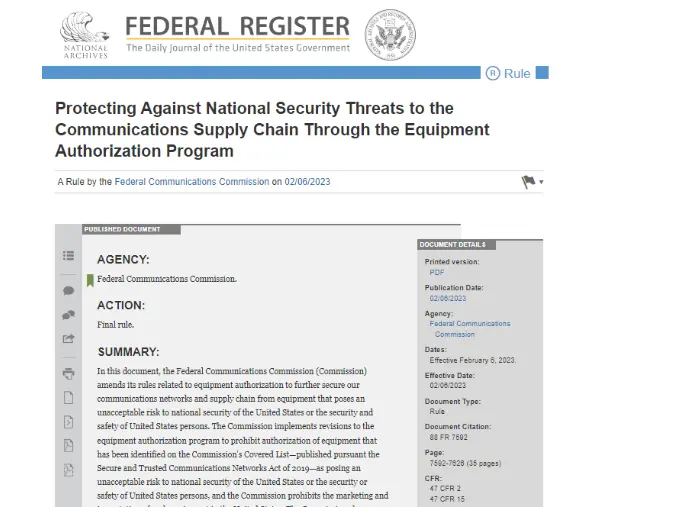 What is an FCC Registered Agent?
What is an FCC Registered Agent?
Leave us a message
24-hour online customer service at any time to respond, so that you worry!




